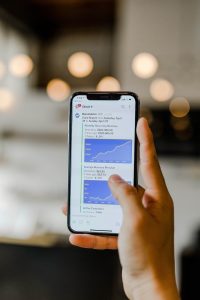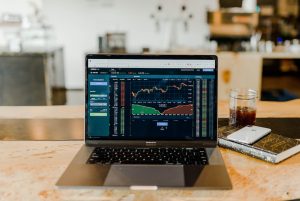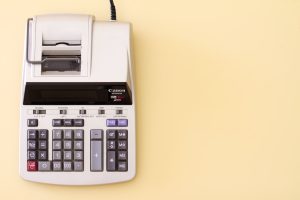Backtesting is a crucial element of forex trading. It’s a process that enables traders to test their trading strategies using historical data to determine their effectiveness. By testing a strategy on past data, traders can get an idea of how it would have performed in the past, and can use this information to estimate its performance in the future. In this article, we’ll take a look at how to backtest forex charts.
Step 1: Collect Historical Data
The first step in backtesting forex charts is to collect historical data. This data can be obtained from a variety of sources, including online forex brokers, data providers, and trading platforms. Once you’ve obtained the historical data, you’ll need to import it into your backtesting software.
Step 2: Choose Your Backtesting Software
There are many backtesting software programs available for forex traders, including MetaTrader 4 and 5, TradingView, and NinjaTrader. Each of these programs has its own unique features and benefits, so it’s important to choose one that meets your individual needs and preferences.
Step 3: Create Your Trading Strategy
The next step in backtesting forex charts is to create your trading strategy. This involves defining your entry and exit points, stop loss and take profit levels, and any other relevant criteria. You should also consider the market conditions under which your strategy will be applied, such as the currency pair, time frame, and trading session.
Step 4: Backtest Your Strategy
Once you’ve created your trading strategy, it’s time to backtest it using your chosen software. This involves setting up your strategy parameters and running it against the historical data. The software will then generate a report of the results, including any profits or losses that would have been made using this strategy.
Step 5: Analyze Your Results
After backtesting your strategy, it’s important to analyze the results carefully. This will help you to identify any weaknesses or areas for improvement in your strategy. Some key metrics to consider include profit and loss, win/loss ratio, maximum drawdown, and risk/reward ratio.
Step 6: Refine Your Strategy
Based on your analysis of the backtesting results, you may need to refine your strategy. This could involve tweaking your entry and exit points, adjusting your stop loss and take profit levels, or changing other criteria. You may also want to test your revised strategy again using the same historical data to see how it performs.
Step 7: Test Your Strategy in Real-Time
Once you’ve refined your strategy, it’s time to test it in real-time using a demo account. This will give you a better idea of how the strategy performs under actual market conditions. If your strategy is successful in the demo account, you can then consider using it with real money.
Final Thoughts
Backtesting forex charts is a crucial part of any forex trading strategy. By testing a strategy on historical data, traders can gain valuable insights into its effectiveness and refine it accordingly. While backtesting can be time-consuming, it’s an essential step for any trader who wants to improve their chances of success in the forex market.





